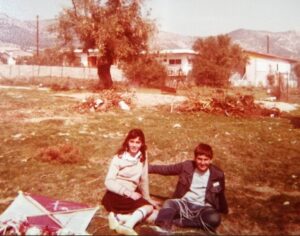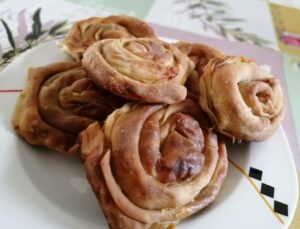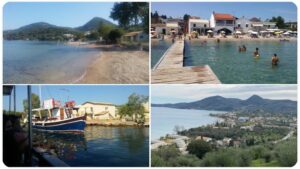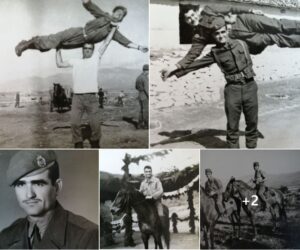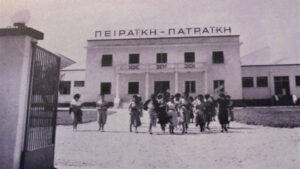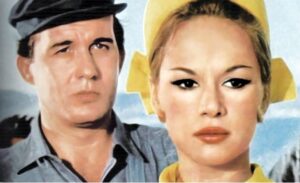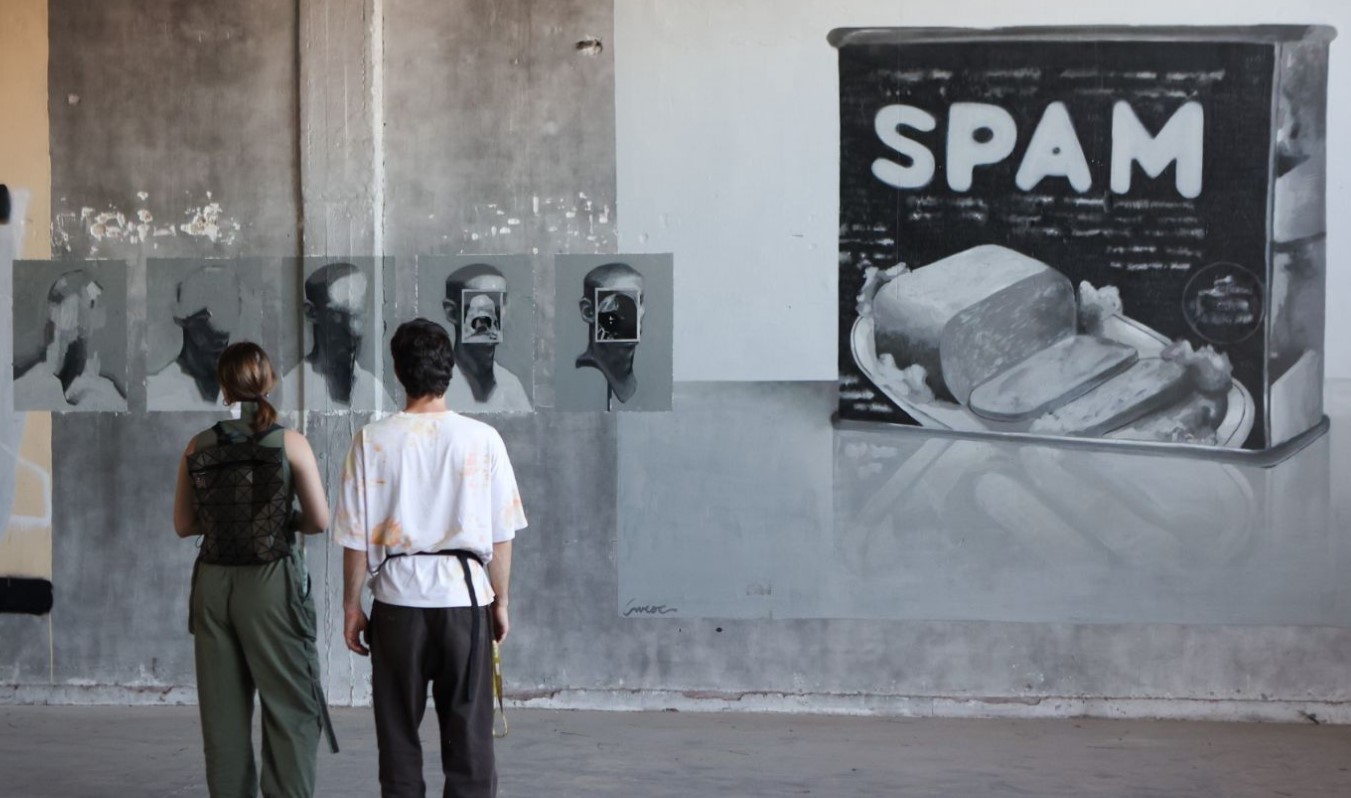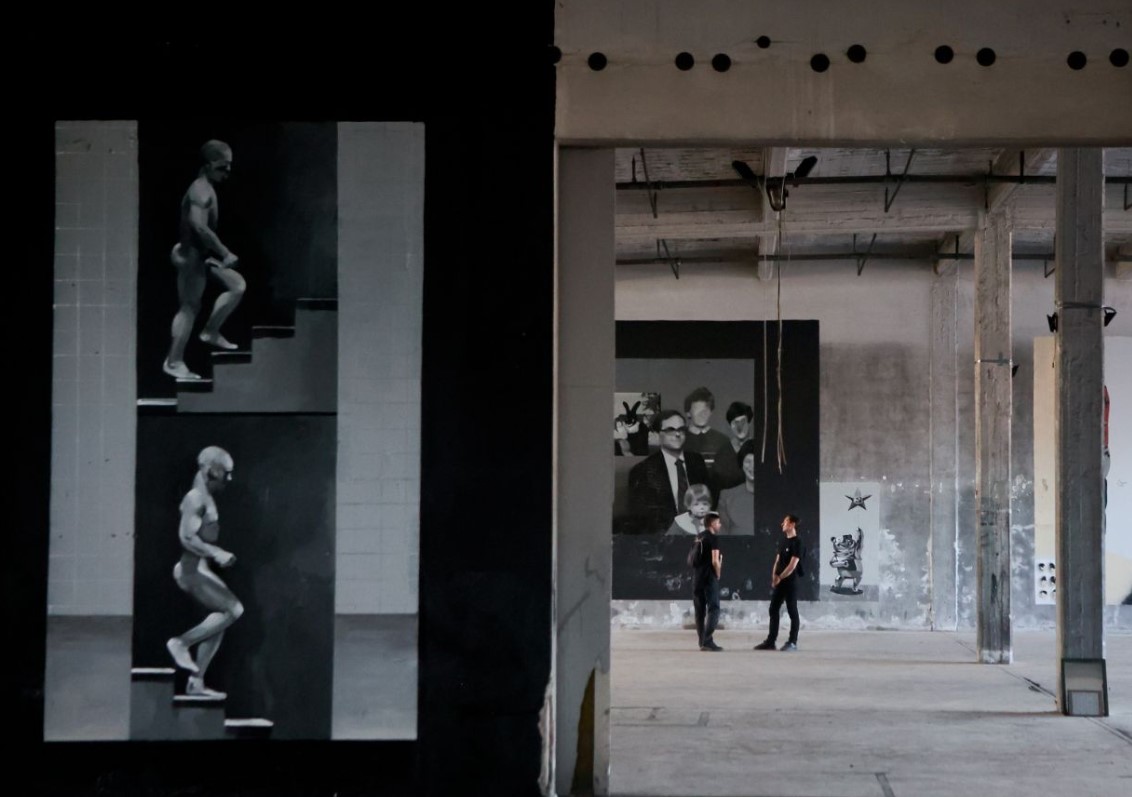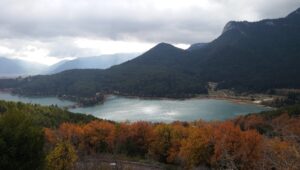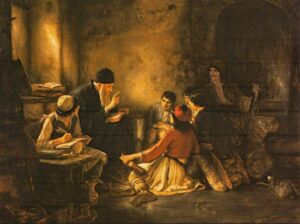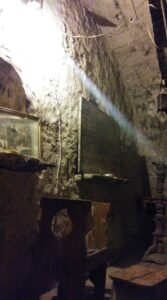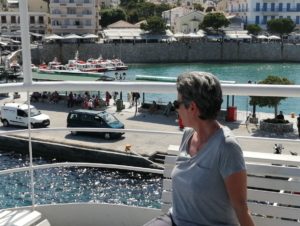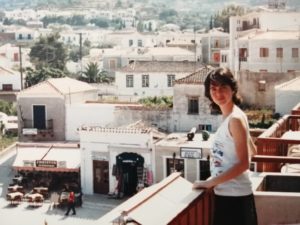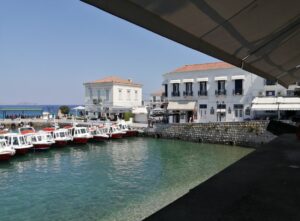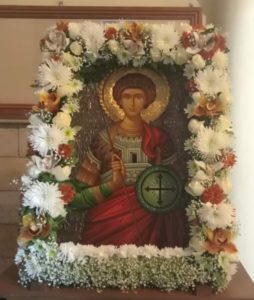Greek Lent Monday and seafood go hand in hand…
My husband and I are creatures of habit. Lent Monday always finds us having the same kind of day, and we wouldn’t have it any other way. We are blessed to live in a small seaside town and other than a beautiful seafront and a lovely beach near home, we also have a mussels farm in the area and roadside stalls that sell all sorts of seafood all year round.
The latter comes in handy on Lent Monday more than any other time of year.
We always start the day with a walk on the seafront, we buy the traditional unlevened bread (Lagana) from the bakery and get some fresh seafood from the stalls, for our special ouzo feast and lunch of the day.
Lent Monday is a day of reminisching for me. In the old days, when I was young and living with my parents, my grandparents from Corfu tended to be visiting this time of year. Mum would be tethered to the kitchen stove all weekend preparing a feast for the big day. I’d never seen so many dishes on one single table before, folks, and it only happened once a year, on Lent Monday!
My sister, two male cousins and I would spend the whole weekend flying kites in the nearby fields. The boys would teach us how to mend them, and we always wound up running to Mum to get us some flour so we could make glue with water to mend the broken sails with newspaper. Ah… Those were the days!
Mum made rolled up cheesepies from scratch (as well as spinach pies and pumpkin pies, sometimes) on the eve of Lent Monday. This is called Tyrini Sunday and it’s a day to eat cheese, as the name suggests. This is an old tradition from the days when it was practical to use up all the cheese in the pantry as the fasting back then was strict and no cheese would be eaten until Easter. It was a total abstention from all animal products, to be exact.
On Lent Monday we fasted strictly, to honour the tradition.
Neraki is a small town next to my town of Nea Peramos, and this is the place where the roadside stalls are.
We buy mussels there all year round but on Lent Monday we also get clams (cockles) to enjoy with some ouzo.
The cockles go down nicely with lashings of lemon juice, the lemons just cut from the tree in our front yard. Lunchtime, I always make my signature mussels risotto, using the super-fresh locally farmed mussels we buy from Neraki.
It makes for a perfect celebratory meal accompanied by the various treats of the day, like dolmadakia (vine leaves stuffed with rice), broad beans in tomato sauce, pickles, lagana (flat bread with sesame seeds), and chalva (semolina cake).
Here are some photos from the seafront, the stalls and the typical Lent Monday lunch at my place
If you’d like to try my Greek mussel risoto with ouzo, go here for the recipe!
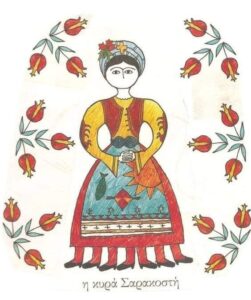
Lady Lent (Kyra Sarakosti)
The Greek custom of Kyra Sarakosti entails hanging in the home a picture of a lady, just like this one, which serves as a calendar during the perood of Lent. It is a rather rare custom these days, but some Greek families do still keep it with their children.
Lady Lent is depicted with a scarf and a cross on her head (because she attends church), with her hands laced together (because she is praying) without a mouth (because she is fasting), and, most importantly, with seven legs – one for each Lent weekend.
According to custom, Lady Lent is hung on a wall and each Saturday the family cuts off one leg – the first one on the Saturday after Lent Monday and the last one on Holy Saturday.
Housewives in the old days would hide the last paper leg inside a dried fig and serve it to the family with other figs. The person who found it would be considered very lucky. In some parts of Greece, the last paper leg would be put inside the ‘Anastasi’ bread (Ressurection) made for Holy Saturday dinner. Again, luck was said to follow the person who got to find the paper piece in their bread.
In some parts of Greece, Lady Lent would be made with a salty dough instead of paper. It was inedible, but it helped to preserve the dough during those 7 weeks. In other parts of the country, Lady Lent would be made using fabric and feathers.
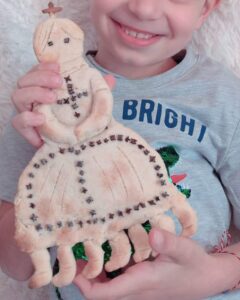
I found this beautiful photograph on the site Workingmoms.gr while looking for a dough recipe for ‘Kyra Sarakosti’ to share with you. Thought you may like to bake it with your kids like some Greek families still do today.
Visit their post on Lady Lent and get a quick and easy recipe for the salty dough. Just make sure the kids don’t try to eat it, LOL
To get more ideas on how to make Lady Lent, even with coloured dough, go to this Google images page
Check out more of my posts on Greek culture here: https://effrosyniwrites.com/category/greek-culture/
OOPPAAA! SIGN UP TO MY BIMONTHLY NEWSLETTER AND GET 3 BOOKS FROM ME AS A WELCOME GIFT! SEE BELOW FOR THIS OFFER!
YOU KNOW WHAT THEY SAY… SHARING IS CARING! Tweet this to spread some love:
Interested in travel, food and books from Greece? Here's a blog you will love! #Greek #blogger #writer Share on X
3 FREE books for you! Sign up below to receive them instantly!
NEW! Clean Christmas romance. Single mother Cathy Roussos gave up on love long ago, and veterinarian Alex Rallis doesn’t believe in it, but one magical Christmas on a Santorini farm might just change everything…
Check it out on Amazon Read a FREE sample!
A clean romantic suspense short read with an unreliable narrator that’ll keep you guessing! Vera is losing her mind over famous actor Yannnis Ksenos, except, she isn’t just a fan… Now, she plucks up the courage to ring his doorbell… Visit Amazon


